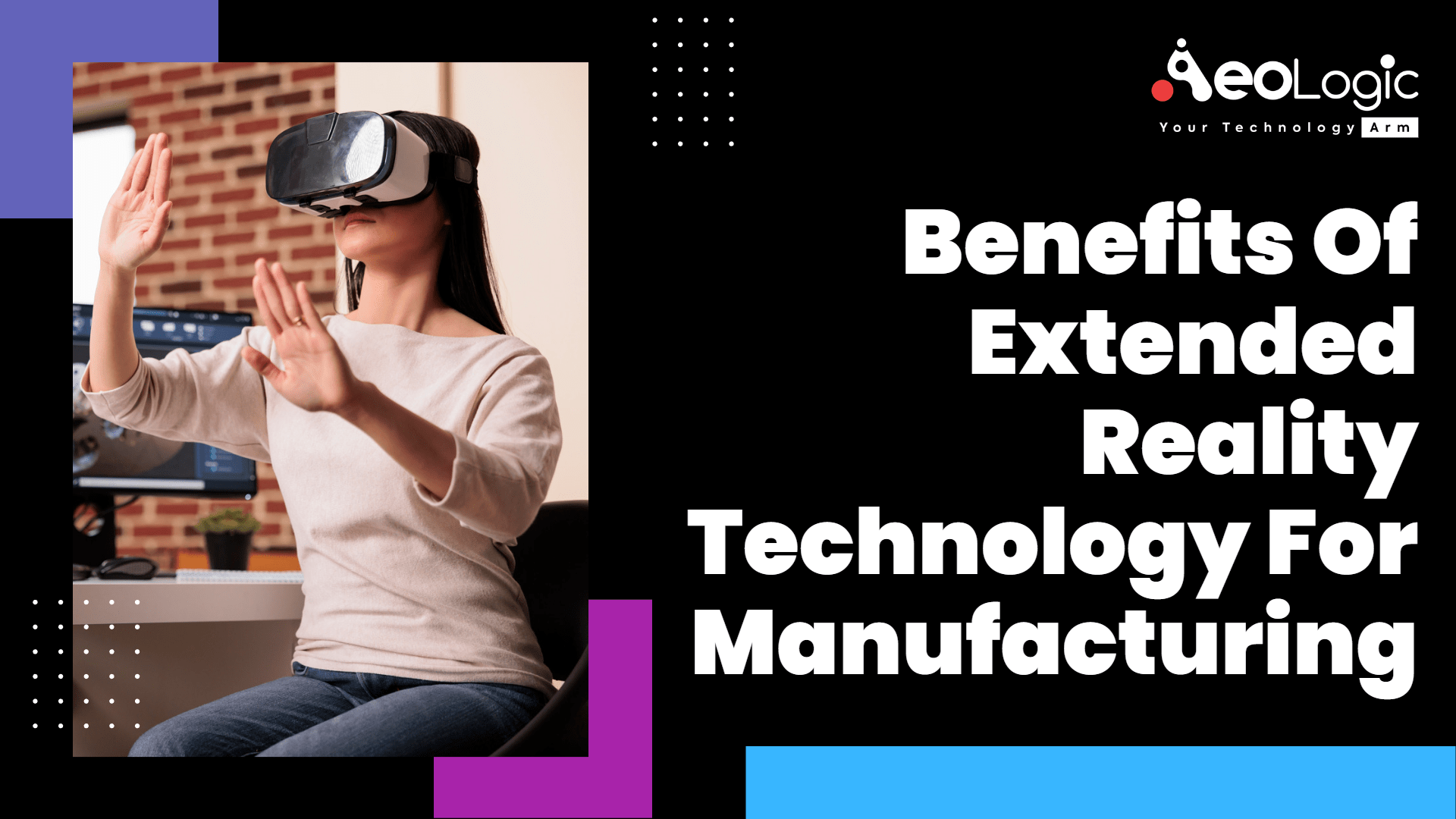As technology continues to evolve, industries are embracing new innovations to improve their operations. One of the most significant advancements in recent years is the development of Extended Reality (XR) technology. XR technology encompasses Virtual Reality (VR), Augmented Reality (AR), and Mixed Reality (MR) and offers numerous benefits to the manufacturing industry. In this article, we will explore the benefits of extended reality technology for manufacturing.
Extended Reality (XR) Technology
Extended Reality (XR) technology is an umbrella term that encompasses Virtual Reality (VR), Augmented Reality (AR), and Mixed Reality (MR). It involves the use of computer-generated graphics, sound, and other sensory inputs to create a simulated environment that the user can interact with. In the manufacturing industry, XR technology is rapidly gaining popularity due to its ability to improve various aspects of operations.
Benefits of Extended Reality Technology for Manufacturing
1. Improved Training
XR technology can provide an immersive and interactive training experience for manufacturing employees. Instead of traditional training methods, such as classroom lectures or written manuals, XR technology can create a simulated environment where employees can learn through experience. This can lead to faster and more effective training, resulting in better-prepared employees and improved job performance.
2. Enhanced Maintenance
XR technology can also improve maintenance procedures in manufacturing. With XR technology, maintenance technicians can access information about machinery, tools, or equipment quickly. They can also use AR to overlay digital information on physical equipment and use VR to simulate and test maintenance procedures before performing them in real-life situations. These benefits can help to reduce downtime and improve overall maintenance efficiency.
3. Improved Design and Prototyping
XR technology can be used to create digital prototypes of products before manufacturing them physically. This enables manufacturers to test and refine their designs before production, reducing the risk of errors or defects. Additionally, XR technology can facilitate collaboration between designers, engineers, and other stakeholders during the design process, resulting in better products and increased efficiency.
4. Streamlined Assembly and Production
XR technology can improve assembly and production processes by providing workers with step-by-step instructions, reducing errors and improving efficiency. With AR, workers can receive real-time guidance and feedback on their work, leading to improved quality and faster production times. Additionally, XR technology can provide workers with a more intuitive and interactive interface for machinery, leading to reduced training times and improved safety.
5. Increased Safety
XR technology can improve safety in the manufacturing industry by providing workers with virtual simulations of hazardous scenarios, allowing them to practice safety procedures in a safe and controlled environment. Additionally, XR technology can provide workers with real-time safety alerts and instructions, reducing the risk of accidents and injuries.
Also Read: How VR and AR Boost Customer Experience in Retail
Potential Future Applications of XR Technology in Manufacturing
Extended Reality (XR) technology is rapidly evolving and is expected to have even more advanced applications in the manufacturing industry in the future. Here are some potential future applications of XR technology in manufacturing:
- Remote Collaboration: XR technology has the potential to enable real-time collaboration between teams, regardless of their location. This could facilitate cross-border collaboration, reduce travel costs, and enable global teamwork on a level never seen before.
- Predictive Maintenance: XR technology could be used to analyze large volumes of data from sensors and other sources to predict equipment failures before they happen. This could help manufacturers to reduce downtime, save costs, and improve overall efficiency.
- Enhanced Product Design: XR technology could be used to create 3D models of products that can be visualized and manipulated in real-time. This could lead to more innovative designs, improved user experiences, and reduced time-to-market.
- Training and Education: XR technology could be used to create interactive and immersive training programs that simulate real-life scenarios. This could improve the quality of training and education, reduce costs, and improve overall performance.
- Real-Time Analytics: XR technology could be used to provide real-time analytics to manufacturers, enabling them to make data-driven decisions. This could lead to improved quality, reduced waste, and better overall performance.
Overall, the potential future applications of XR technology in manufacturing are vast and exciting. As technology continues to evolve, it is likely that we will see more and more innovative applications that will transform the industry.
Also Read: Top AR & VR Trends to Transform E-commerce in 2022
Conclusion
Extended Reality technology offers numerous benefits to the manufacturing industry, including improved training, enhanced maintenance, improved design and prototyping, streamlined assembly and production, and increased safety. By embracing XR technology, manufacturers can improve their operations, reduce costs, and gain a competitive advantage in their industry.
Hopefully, this blog helped you and gave you a better idea of how extended reality is redefining the manufacturing.
Connect with Aeologic Technologies to learn more about Extended Reality.









